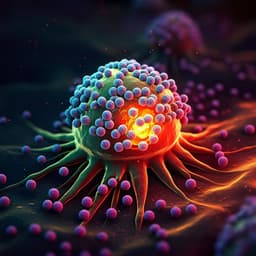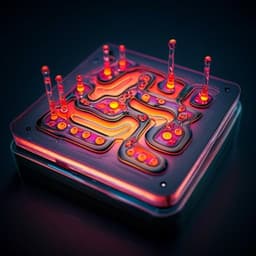
Medicine and Health
A spectroscopic liquid biopsy for the earlier detection of multiple cancer types
J. M. Cameron, A. Sala, et al.
This large-scale study conducted by James M. Cameron and colleagues showcases an innovative blood test, Dxcovr® Cancer Liquid Biopsy, capable of detecting eight cancer types. With high accuracy and the potential for earlier diagnosis, this test offers a low-cost strategy tailored to clinical needs.
~3 min • Beginner • English
Related Publications
Explore these studies to deepen your understanding of the subject.







